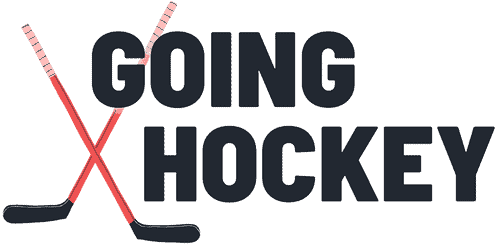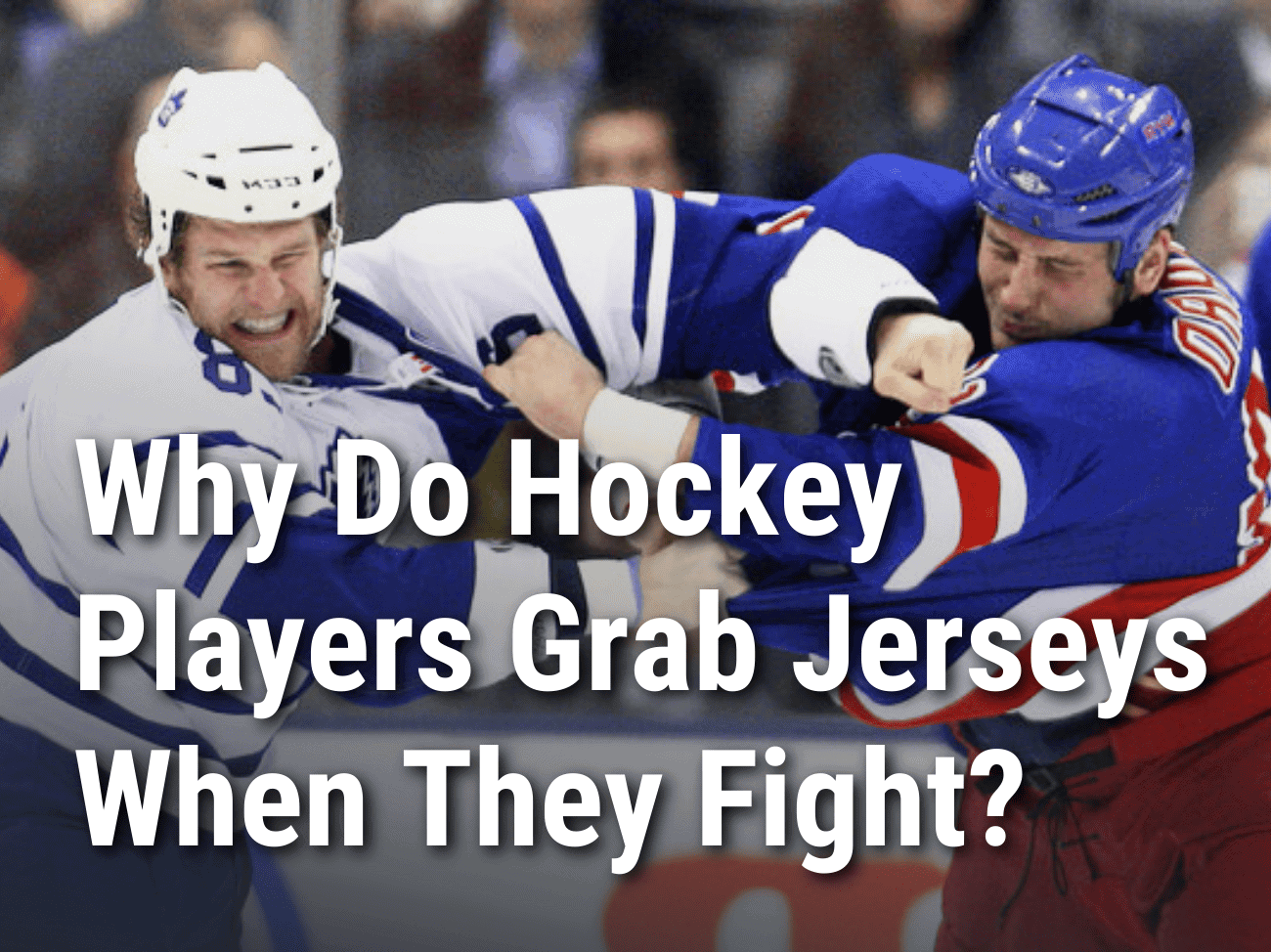In the fast-paced and physical sport of hockey, fights occasionally erupt on the ice, captivating both fans and players alike. When these intense altercations occur, it’s not uncommon to see players instinctively reach out and grab each other’s jerseys, creating a tight grip that appears almost second nature.
Why do hockey players grab jerseys when they fight?
Hockey players grab jerseys when they fight in order to maintain balance and control within a fight.
Why Do Hockey Players Grab Jerseys When They Fight?
Hockey players grab jerseys during fights for several strategic and tactical reasons:
- Balance and Stability: During a fight, maintaining balance is crucial. By grabbing the opponent’s jersey, players can use it as an anchor point to stabilize themselves and resist takedowns or being thrown off balance. It provides a sense of stability and helps them stay on their feet while absorbing or delivering punches.
- Control and Leverage: Grabbing an opponent’s jersey allows a player to gain control and exert physical influence over their opponent. It provides a firm grip that can restrict the opponent’s movement, limit their defensive capabilities, and disrupt their balance. By having a hold on the jersey, a player can manipulate their opponent’s positioning and control the flow of the fight.
- Protection and Defense: In the chaos of a fight, grabbing the opponent’s jersey can act as a defensive measure. It allows a player to create some distance, restrict the opponent’s punches, and shield themselves from direct blows. By having a grip on the jersey, players can minimize the impact of strikes and protect vulnerable areas.
- Establishing an Advantage: The act of grabbing the opponent’s jersey can create an advantage by disrupting their ability to counterattack effectively. It can limit the opponent’s range of motion, making it harder for them to generate power in their punches or maneuver out of a vulnerable position. This advantage can enable the grabbing player to dictate the pace and direction of the fight.

It’s important to note that while grabbing jerseys during fights is a common practice in hockey, fighting itself is a controversial aspect of the sport. Many leagues have implemented rules and penalties to discourage fighting and prioritize player safety. Understanding the motivations behind jersey grabbing provides insights into the strategic elements at play during these intense on-ice altercations.
What Is A Fight Strap In Hockey?
In hockey, a fight strap is a special attachment on a player’s jersey designed to keep the jersey securely fastened to their body during a fight. It is a mandatory feature in most professional leagues and serves both practical and safety purposes.
The fight strap is a small length of elastic or other sturdy material that is sewn into the back of the player’s jersey. It typically forms a loop or strap that goes around the player’s waist or attaches to their hockey pants. The strap is designed to prevent the jersey from being easily pulled over the player’s head during a fight, which could obscure their vision or potentially lead to injury.
The fight strap helps ensure that a player’s jersey remains properly in place during intense physical encounters, reducing the risk of obstruction or distraction caused by the jersey coming loose. It is particularly important in the context of fighting, where players frequently grab each other’s jerseys in attempts to gain control or leverage.

Moreover, the presence of the fight strap also allows referees and linesmen to have a secure grip on a player’s jersey during a fight, which can help them intervene more effectively and separate the combatants when necessary.
The use of fight straps is primarily enforced in professional leagues, but their presence is also seen in other competitive levels of hockey where fighting may occur. It is an important safety measure designed to keep players protected and maintain the integrity of the game during physical altercations.
Per rule 64.13 of the Official NHL Rulebook, fight straps are mandatory in the NHL. Any player who is caught not wearing a fight strap can face penalties and fines ranging from 2 min minors to game ejections.
Why Do Hockey Players Tap Their Sticks After A Fight?
Hockey players often tap their sticks on the ice or boards after a fight as a display of respect and acknowledgment towards the players involved in the altercation. This action is commonly referred to as “stick tapping” or “stick salute.”

The act of stick tapping serves several purposes:
- Sportsmanship: Stick tapping is a gesture of sportsmanship and recognition of the courage and competitiveness displayed by the players involved in the fight. It demonstrates a mutual understanding among the players that the fight was part of the game and that respect remains intact despite the physical confrontation.
- Show of Support: Players tap their sticks to show support for their teammates or fellow players who engaged in the fight. It is a way to acknowledge their bravery and to let them know that their teammates have their backs.
- Unity and Bonding: Stick tapping can also foster a sense of unity among players, both on the same team and across teams. It signifies that, regardless of the rivalry or intensity on the ice, there is a shared camaraderie and respect among hockey players.
It’s important to note that not all players participate in stick tapping, and the extent and manner in which it is done can vary from game to game and team to team. Stick tapping is a tradition deeply rooted in hockey culture and serves as a visible sign of sportsmanship, support, and unity within the sport.
What Is Turtling In Hockey?
In hockey, “turtling” refers to a maneuver made by a player to protect themselves during a fight. The term “turtling” carries negative connotations in hockey and is usually synonymous with being a coward. When a player turtles, they essentially crouch down and cover their head and face with their hands, while often tucking their head into their chest or shoulder area. The player may also turn their back to their opponent to minimize the risk of injury.

The term “turtling” comes from the imagery of a turtle retracting its head and limbs into its shell for protection. It is a strategy employed by a player who wants to limit their exposure to punches and generally avoid fighting altogether.
Turtling can be a contentious topic in hockey, as some view it as a reasonable tactic of self-protection, while others consider it an unsportsmanlike or cowardly move that goes against the unwritten code of fighting in the sport. The acceptability and perception of turtling can vary depending on the context and the individuals involved.


Leave a Reply